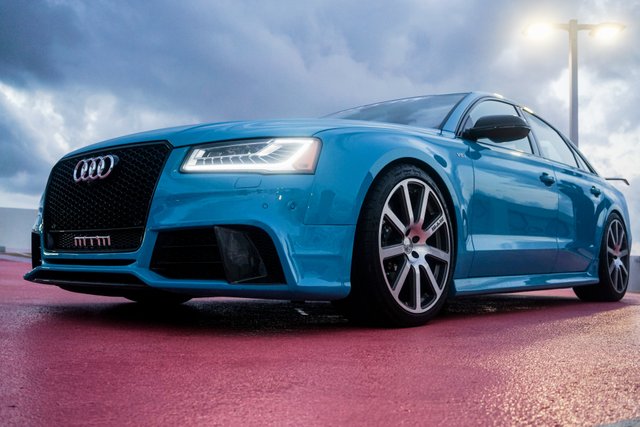There were numerous failed attempts at digital or electronic cash before Bitcoin (the Foreword touches on many of them). Bitcoin’s key difference compared to most of these attempts is decentralization. The core innovation of Bitcoin that enables decentralization is the block chain.
Modern automobiles use two primary locking mechanisms: physical locks on the doors and a vehicle immobilizer, which electronically prevents the engine from starting. The owner is provided with a key fob that communicates wirelessly with the car to authorize the doors to unlock and the engine to start, based on the proximity of the fob to the car and potentially a user action, such as pushing a button.
![]()
To prevent an adversary from spoofing the car key, such unlocking mechanisms should use cryptography. While security researchers have found problems with many recently deployed locking protocols, it’s possible to get it right. Typically, these algorithms employ symmetric key cryptography, but for the purposes of our example, consider one that uses a digital signature scheme, such as ECDSA, based on asymmetric cryptography.
In this example, the car might store a copy of the public key(s) of the fob(s) authorized to open the doors and start the engine. When a fob requests access, the car sends a random challenge and asks the fob to sign it with the private key that it stores. If and only if the fob can respond with a proper signature to this challenge, the car authorizes access. So far this is not much of a departure from how locking mechanisms actually work, except that it uses more asymmetric crypto that would be slightly more costly to deploy.

The next iteration of designing a smart car is to assume that the public key that verifies the key fob is not hardcoded by the manufacturer directly. Instead, the car has the technical capability to constantly, wirelessly receive new blocks from a block chain, such as Bitcoin’s. When the car is manufactured, the public key in the key fob of its first user (e.g., a manager at the assembly plant) is added to the block chain in a special transaction, and the car is programmed with its transaction ID.
The core idea is that as the car changes possession—it might go from an assembly line, to quality control, to a delivery person, to a car dealership, and then to its first owner—updates to the block chain will authorize each transfer. It is important to note that in this model, the authorized key fob does not travel with the car. Each person or entity has a preexisting key fob (or carries/wears technology suitable for implementing the functions of a key fob) with a unique signing key that is activated or deactivated based on transactions that occur on the block chain. Such a transaction would take the car’s most recent transaction ID as an input and designate a new public key as the output. It would be signed with the private key corresponding to the current owner.
The block chain transaction doesn’t merely represent a change in ownership of the car: it additionally transfers actual physical control or possession of the car. When a car is transferred this way, the earlier owner’s key fob stops working, and the new owner’s key fob gains the ability to open the locks and start the engine. Equating ownership with possession in this way has profound implications.
------------------------------------------------------- Thank You -------------------------------------------------